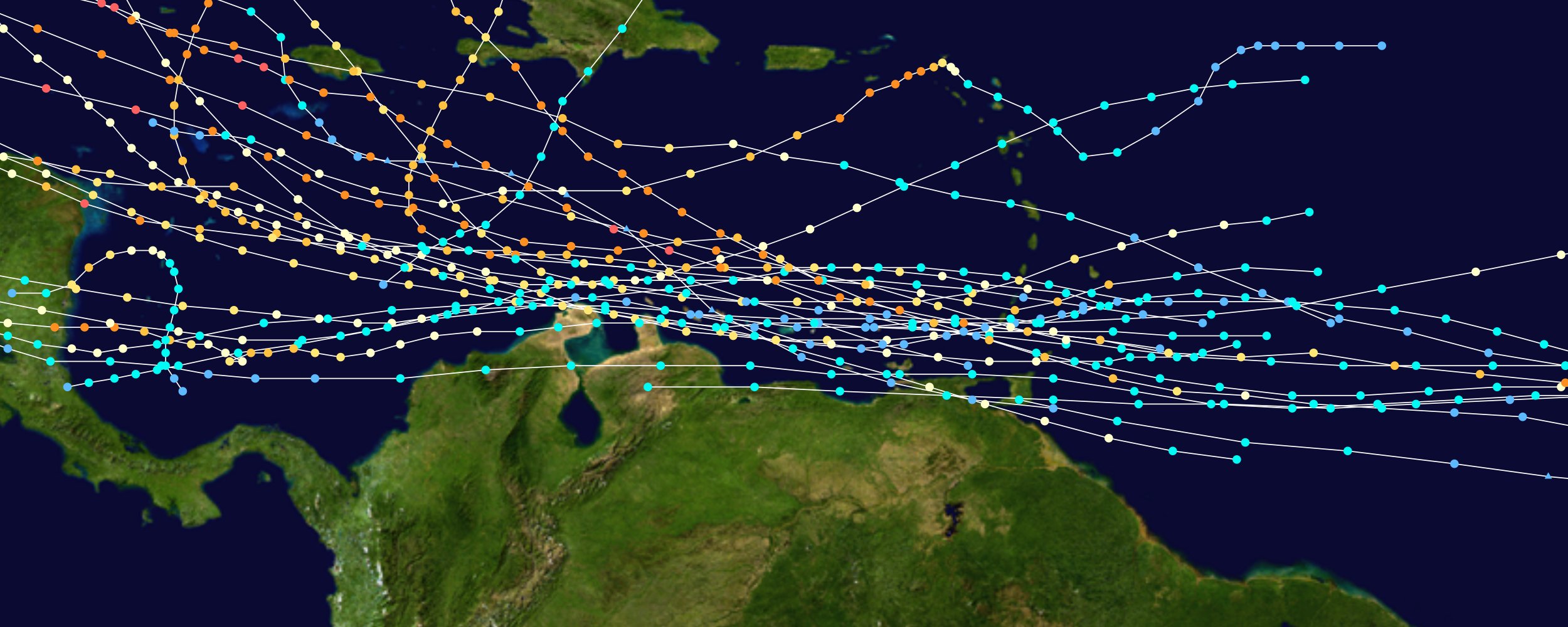Hurricane areas in South America are relatively uncommon compared to other regions such as North America and the Caribbean due to the continent’s geographical and climatic characteristics. However, when such events occur, they can have significant impacts due to the lack of preparation and infrastructure to deal with these rare phenomena.
One notable exception was when Hurricane Catarina, the first-ever recorded South Atlantic hurricane, made landfall in Brazil in March 2004. This unprecedented event caught the region by surprise, leading to widespread destruction in the southern state of Santa Catarina and parts of Rio Grande do Sul. With winds reaching up to 155 km/h (about 96 mph), it caused extensive damage to homes, infrastructure, and agriculture.

The introduction of Hurricane Catarina to the South American continent highlighted the potential for tropical cyclone formations in the South Atlantic, an area previously thought to be unsuitable for such phenomena due to its cooler sea temperatures and unfavorable wind shear conditions.
The casualties and damage from Hurricane Catarina were significant, with approximately 3 to 10 people reported dead, hundreds injured, and thousands displaced. The economic impact was also profound, with damage estimates ranging from $350 million to $1 billion, severely affecting the local economies and livelihoods. This event underscored the importance of preparedness and adaptation strategies for rare but potentially devastating natural disasters in South America.


RESEARCH ASSOCIATE



